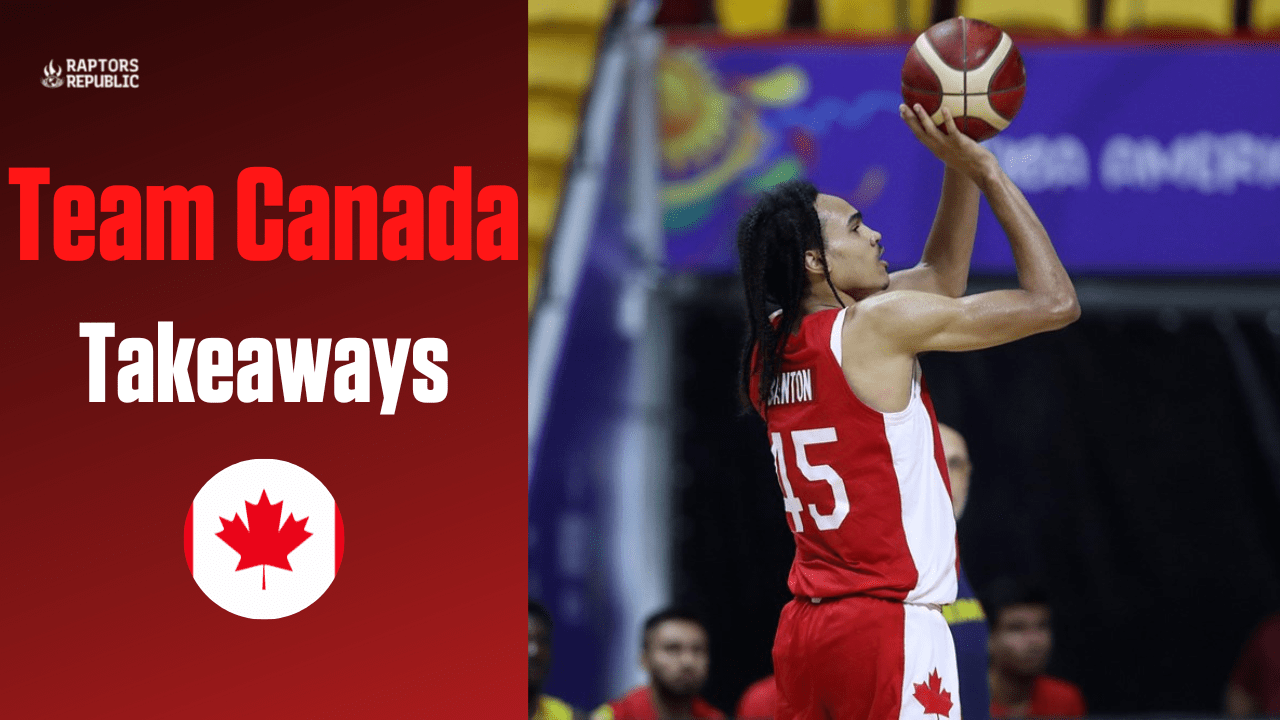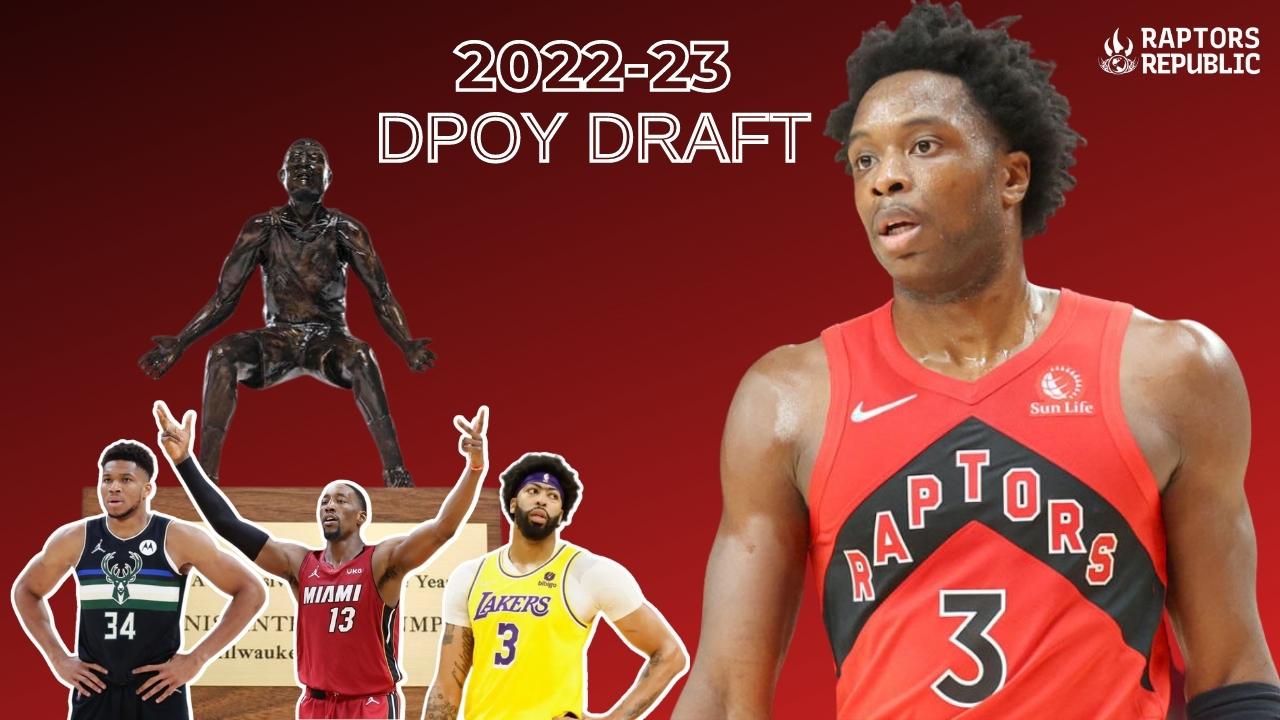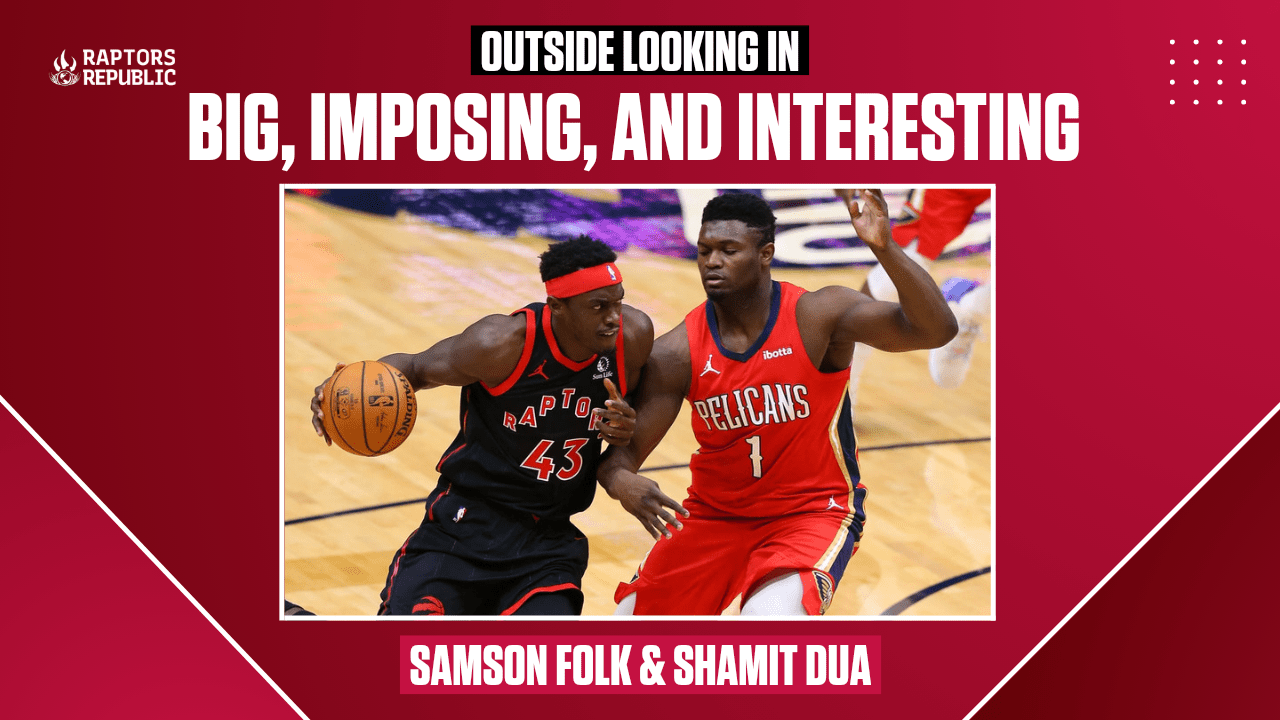Team Canada’s AmeriCup run came to an end on Sunday night with a heartbreaking loss to the United States in the Bronze medal game. While Canada surpassed many peoples’ expectations of them coming into the tournament with a young and inexperienced roster — including just three holdovers from the Olympic Qualifiers earlier this summer — they came short of their ultimate goal and had to sit on the sidelines as they watched Team U.S.A. collect their bronze medals, Brazil take home silver, and Argentina win gold.
That should only add fuel to the fire for a Canadian team that included a number of players like Dalano Banton who were representing their country for the first time, a first-time head coach in Nathaniel Mitchell, and a number of players who will be back a few short months from now to do it all again in Olympic Qualifying games as members of the winter core, showing up to help Canada book a spot in the FIBA World Cup in November and February windows when the NBA players can’t.
And so, while the tournament is over, these players are not done representing their country, so there are no shortage of meaningful takeaways from Team Canada at the AmeriCup. From Dalano Banton’s improved jump shot to who might become members of the winter core to how this summer should affect Canada’s World Rankings and what is still missing for Canada to take the next step, here are three important takeaways from Team Canada at the AmeriCup:
1. Dalano Banton has come a long way in a short period of time
Banton led the Canadians in points (15.7), rebounds (5.2) and assists (4.2) throughout the tournament, and was the only Canadian and the youngest player named to the AmeriCup All-Star 5. But let’s break down his game a little further to discern what stood out and how it impacts his future as a Toronto Raptor and member of the national team.
The biggest development is Banton’s jump shot. Forgive me for sounding like William Lou here, but as someone who watched a lot of Raptors’ warm-ups last season, Banton’s three point shot wasn’t just off the mark; it often wasn’t even close. In fact, it wasn’t even comparable to Scottie Barnes’ jumper — who also came to the Raptors considered a non-shooter — but whose form and consistency looked well ahead of Banton’s coming into last season.
And yet… After shooting 23.7 percent from three in two college seasons and 25.5 percent from three (on 2.6 attempts per 36 minutes) with the Raptors last season, Banton worked on that aspect of his game with the 905, upping the attempts to 4.3 threes per 36 minutes and splashing 39.3 percent of them. He continued that development into 2022 NBA Summer League, attempting 4.0 threes per 36 minutes and hitting 36.2 percent of them. In the AmeriCup, Banton attempted 5.3 threes per game and shot 28.1 percent on them, which doesn’t sound great but isn’t bad considering the difficulty of the shots he was taking.
After all, at Summer League and especially in the AmeriCup, Banton was the leader of the team and the No. 1 option, a very different role than the one he is used to playing on the Raptors and one that forced him to almost exclusively take above-the-break threes as well as a lot of pull-up threes and end-of-shot clock threes, bringing down his percentages. And while I’m not trying to be a shot-doctor here, if we forget about the percentages for a moment and just focus on the confidence in which he is taking them as well as how it looks coming out of his hands, it’s hard to argue against Banton’s jumper coming a long way in a short period of time. It’s still not where it needs to be if he is going to primarily be an off-ball player, but there is reason to think that he won’t be that for very long.
That leads to the other thing that impressed me about Banton at the AmeriCup, which was his ability to manage the game as a point guard, picking his spots for when to look for his own offense and balancing that with his willingness to get his teammates involved. I talk about it all the time, but it’s a really hard balance to get right as a point guard entering the NBA — and one that Banton’s competition for the backup point guard minutes, Malachi Flynn, struggles with at times.
In the AmeriCup, Banton saved most of his scoring for the second half after using the first half to get his teammates in rhythm — something Kyle Lowry and Chris Paul do very well. And when he did choose to score, he was very efficient when inside the arc despite the limited spacing of the FIBA game, hitting 48 percent of his two-pointers and 79.2 percent from the stripe. Maybe most encouraging was that after throwing more turnovers than assists at Summer League — his first time as a primary option — Banton threw 25 assists to 15 turnovers at the AmeriCup, almost a 2:1 assist to turnover ratio. We don’t think of him as a “pure” points guard, but he has a lot of those tendencies. I came away impressed and think that while he is still relatively raw, his future is bright.
2. Canada’s depth was on display, including some names that you will see more of in the near future
I already wrote about the tournament being a coming out party for Canada’s basketball depth — making the case that they now have the deepest pool of basketball talent in the world outside of the United States. But let’s dive into some of the players who represented Canada at the AmeriCup a little deeper and analyze where their games might take them from here.
Jahvon Henry-Blair was most recently a member of KTP-Basket in Finland last season before going to the CEBL expansion franchise, the Newfoundland Growlers, this past summer. But it was at the AmeriCup that he broke out, starting the tournament on the bench and playing his way into the starting lineup from the third game onwards, lighting it up from three as he shot 34.2 percent on 6.3 attempts per game in the tournament, scoring 24-points in the quarterfinal against Mexico. He can shoot on the move or from a standstill; on pull-ups or catch-and-shoot looks. And he elevates so high on his jumper with such deep range that it’s hard to contest. Henry-Blair could be a key piece for the Canadian senior program in the years to come because his shooting is something the program desperately lacks. And he isn’t one-dimensional either, with a 6-foot-3 frame that can play some defense and play-make for 2.3 assists per game.
Lloyd Pandi is another guy who started the tournament on the bench and worked his way into the starting lineup by being the swiss army knife that he was in his U SPORTS career at Carleton, where he led the Ravens to two national championships and won two MVP trophies. Pandi averaged a modest 5.7 points and 5.8 rebounds in the tournaemnt, but there was a reason coach Mitchell couldn’t take him off the floor in the final three games, averaging 27 minutes, as Pandi locked up the best player on the opposing teams and was smart enough to find gaps as a cutter and shooter on offense. Pandi declared for the 2022 NBA Draft but was deemed ineligible due to complicated international player rules, training in Los Angelos over the summer, but he is trying to work his way into the G League and then the NBA.
Abu Kigab also got better as the tournament went on, scoring 18-points in the Bronze medal game, and he has the size and athletisism to be an interesting player. But he reminds me of a more raw version of Pandi as of right now, with a far less reliable jump-shot, which is going to be his swing skill.
Kalif Young and Thomas Kennedy are very different players but could both factor into the senior men’s team for a long time coming, especially considering the program’s lack of depth at the big man position. I think they could even play together more often with a different backcourt tandem, as Banton and Trae Bell-Haynes (who was overall really disappointing at the AmeriCup) didn’t provide the requisite shooting to play two bigs at the same time. Still, Young got better as the tournament went on, looking more confident as a rim-protector and rim-runner, and his size makes him really interesting, although his game is still fairly one-dimensional as of right now, and I’d like to see him add more to his arsenal of post moves. Kennedy is the opposite of one-dimensional, playing both the 4 and the 5, rebounding, playmaking in the short roll, and guarding multiple positions. But he would become a much more dangerous player if he could add a jumper to his game, even if it’s just from the elbow for pick-and-pop looks. Still, lots to look forward to from these young Canadians.
3. Canada should move up in the world rankings, but are still missing a competitive edge
A number of people have reached out to me wondering how Canada’s AmeriCup performance will affect their overall World Ranking — which sat at No. 18 coming into this summer — and also why that matters, so I’ll do my best to explain.
Firstly, the world rankings matter when it comes time to determine groups for the 2023 FIBA World Cup, which Canada will almost certainly qualify for during the next qualifying window, which is November 10-13. As I wrote here, “While the AmeriCup is not technically a qualifier for the World Cup or Olympic Games, the tournament… does count towards FIBA World Rankings, which in turn factor into which pot a team will be placed in for the draw to determine next summer’s World Cup groups. A higher seed means better chances at landing in an easier group, while a low seed risks being put in a group of death.”
At the AmeriCup, Canada defeated Colombia (World No. 66), Uruguay (40), and Mexico (24), while losing to Brazil (14), USA (1), and Brazil again. Overall, those results shouldn’t affect their world ranking very much. However, we need to take the full summer into account, which includes Olympic Qualifying wins over the Virgin Islands (57), Dominican Republic (20), Argentina (7) and Panama (49). Taken in conjunction, Canada should move up a few spots this summer, perhaps all the way up to 15 (directly behind Brazil), with more room to move up throughout the next two qualifying windows ahead of next summer’s World Cup.
When it comes to actually competing at the World Cup, Canada Basketball still has a way to go. That is something that has become increasingly clear to me watching the AmeriCup Final between Brazil and Argentina as well as the EuroBasket knockout stage.
There is no doubting Canada’s skill level or their coaching — and that can take them pretty far, given that they dominated the same Argentina team that won the AmeriCup in Olympic Qualifiers just a few weeks beforehand. But along with the improvements in on-court chemistry — something Canada’s men’s coach Nick Nurse talks about a lot — there also has to be improvement in the effort, intensity, and execution level — something Canada’s woman’s coach Victor Lapena talks about a lot, with experience being the only way to improve those things.
Watching the AmeriCup final between Brazil and Argentina, it was clear that the two teams took it personally — that they had a history and that they wanted to win that tournament more than anything. From the first quarter onwards, they treated every possession like it was the only thing that mattered in the world. And with all due respect to how much Canada’s senior men’s team has improved in recent months, they have never shown that level of effort, intensity, and know-how when it comes to executing in hostile environments and figuring out ways to win down the stretch of games. Perhaps they will as soon as next summer, but watching program like Argentina and Spain (in Eurobasket), it becomes clear that the teams with the most success are not necessarily the most talented but are the ones with years of experience building a culture together and an identity of how they want to play.
The United States is the obvious exception to this rule, but without as much top-end talent, Canada Basketball will have to figure out a way to find a balance between the talent of the United States and the passion/intensity/effort of the rest of the world’s top programs. And they will need to do it quickly.



